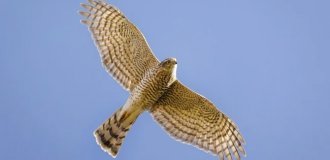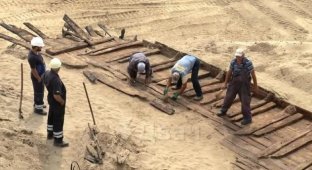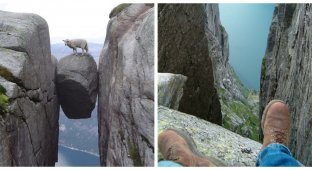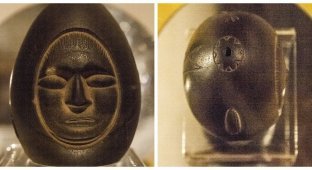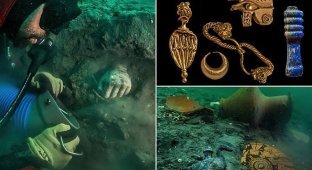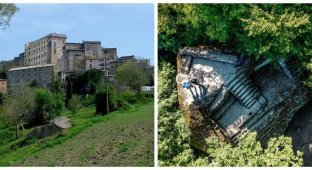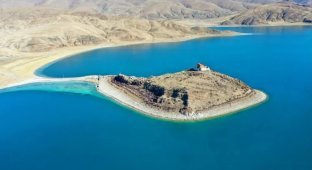Crocodile stone of Laos and its possible frightening functions (7 photos)
Crocodiles and humans have much more in common than might seem at first glance. And the real proof of this is this mystical-shaped boulder. 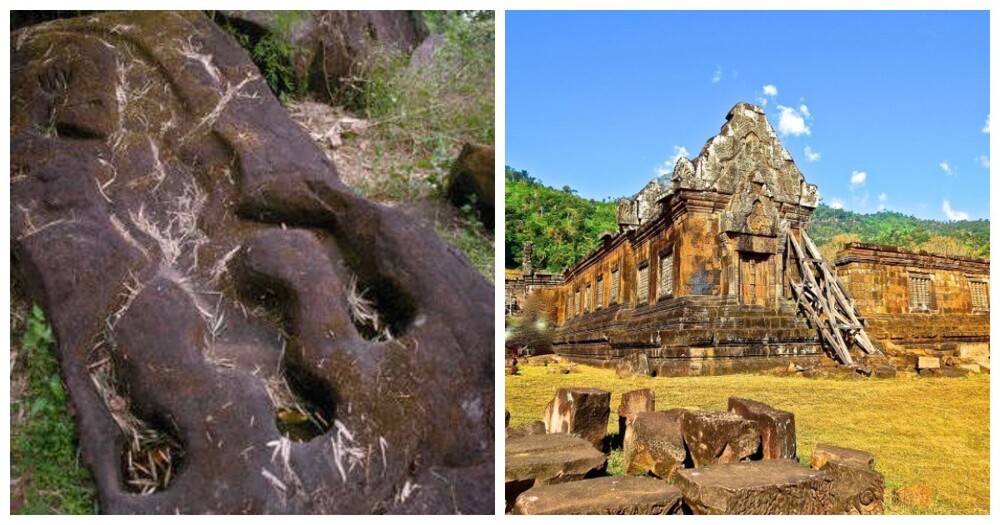
There is reason to believe that in ancient times it was used to sacrifice someone. 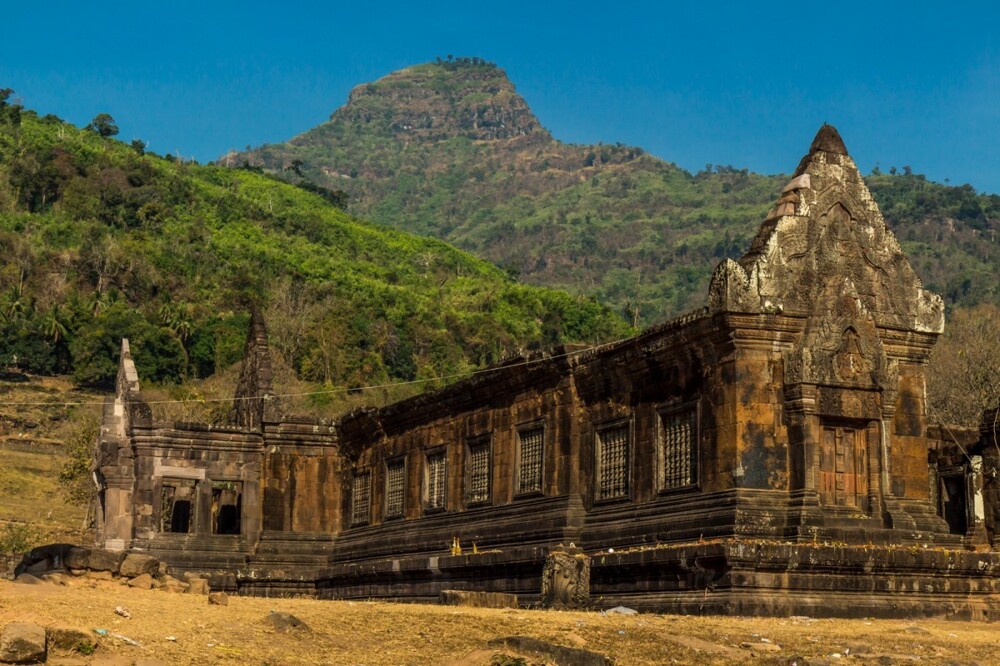
Ruins of the ancient temple Wat Phu
In the Phou Khao Mountains in southern Laos, about 6 kilometers from the Mekong in Champasak province, are the ruins of Wat Phu, an ancient sanctuary of Khmer origin dedicated to a patron spirit. Among the remains of the temple there is a large stone with very unusual carvings. The deep depression in the stone quite plausibly resembles the imprint of a crocodile carcass. But a standard person could comfortably sit in this recess. 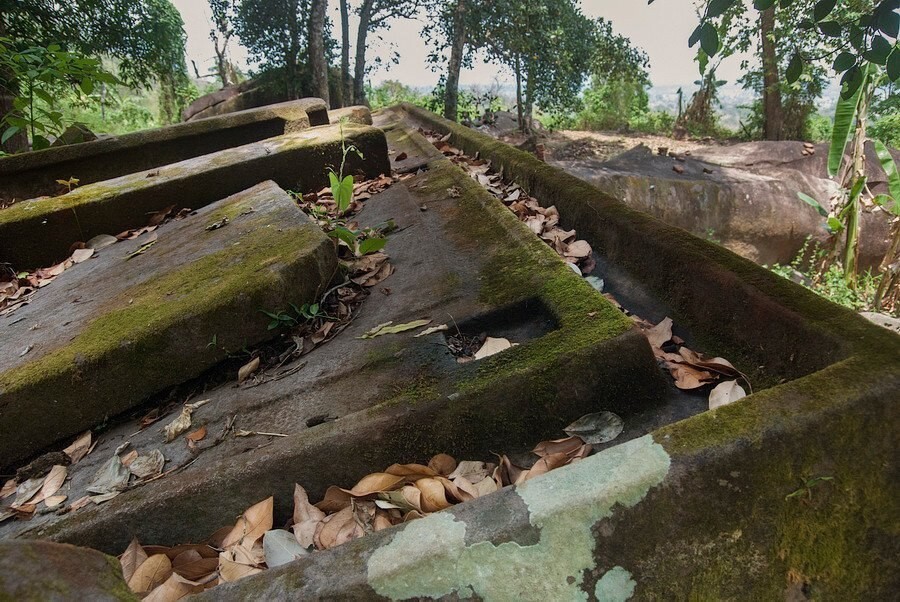
There is an assumption (and not unfounded) that this boulder could have been used as an altar for the annual human sacrifice in pre-Angkhor times. Although most of the ruins of Wat Phu date from the 11th to 13th centuries, there is archaeological evidence that a temple stood on the site as early as the 5th century. If human sacrifices really took place here, then they date back to the period of time when southern Laos was under the rule of the ancient state - the Chenla Empire. 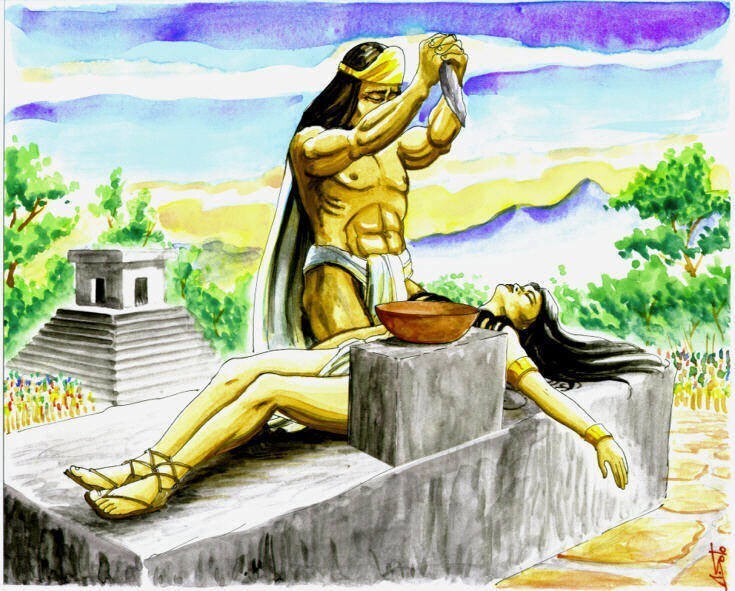
Legends say that once a year, when the petals of frangipani (plumeria - a tropical tree) began to fall, the ruler of Chenla climbed onto the main bridge of the temple and, offering prayers to the mountain spirits, treated the two most beautiful girls of the empire to wine. They were chosen in advance for their incredible beauty. Then the poor people were sacrificed so that the gods would grant fertility and a well-fed harvest year to everyone else. 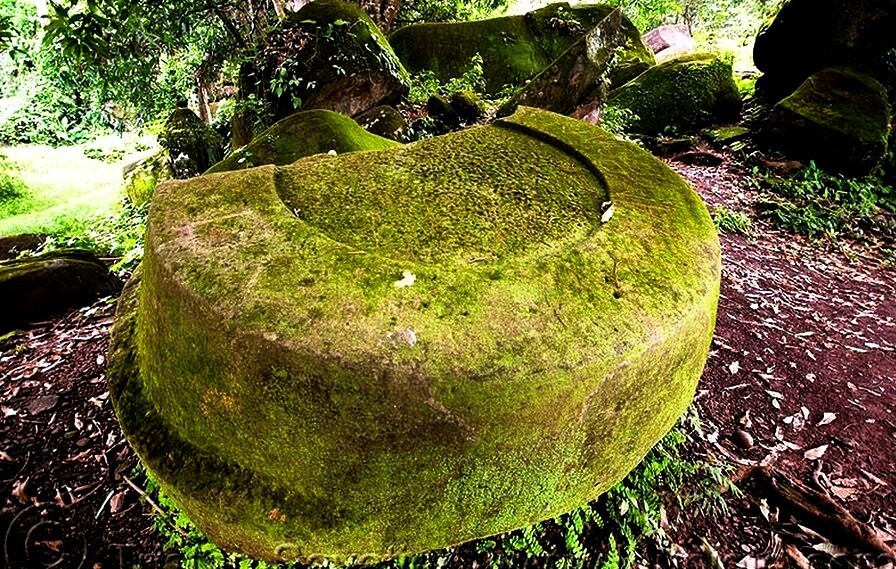
To support the plausibility of this story, the 6th century Sui History mentions that the Chenla culture performed human sacrifices annually. And the description of the ceremony coincides with the version in local folklore. The fact that villagers have kept this particular story alive in folklore for centuries definitely says something. 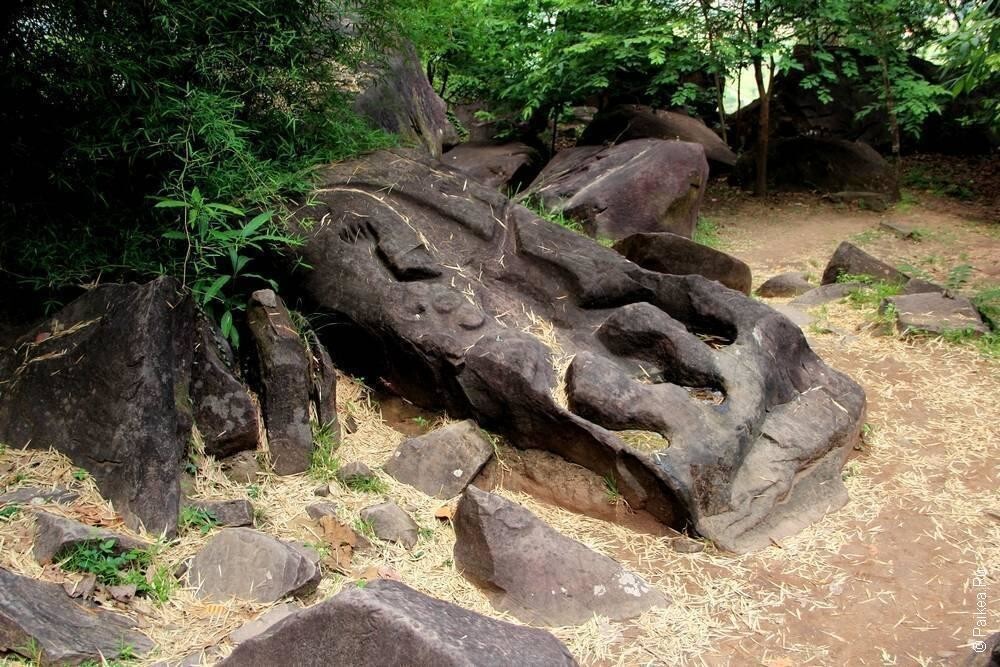
Crocodile stone
However, it is unknown what role, if any, the Crocodile Stone played in this ceremony. The uniqueness of the carving makes the stone even more mysterious. Throughout Laos and Cambodia, nothing even remotely resembling the Crocodile Stone can be found in ruins before, during or after the Chenla Empire. 
What is even more curious is that crocodiles actually lived in this area and still live to this day. But the giant reptiles did not play a religious role. If the Crocodile Stone was not used for human sacrifice, then what was it used for, and for what purpose was its characteristic unusual carving created?









